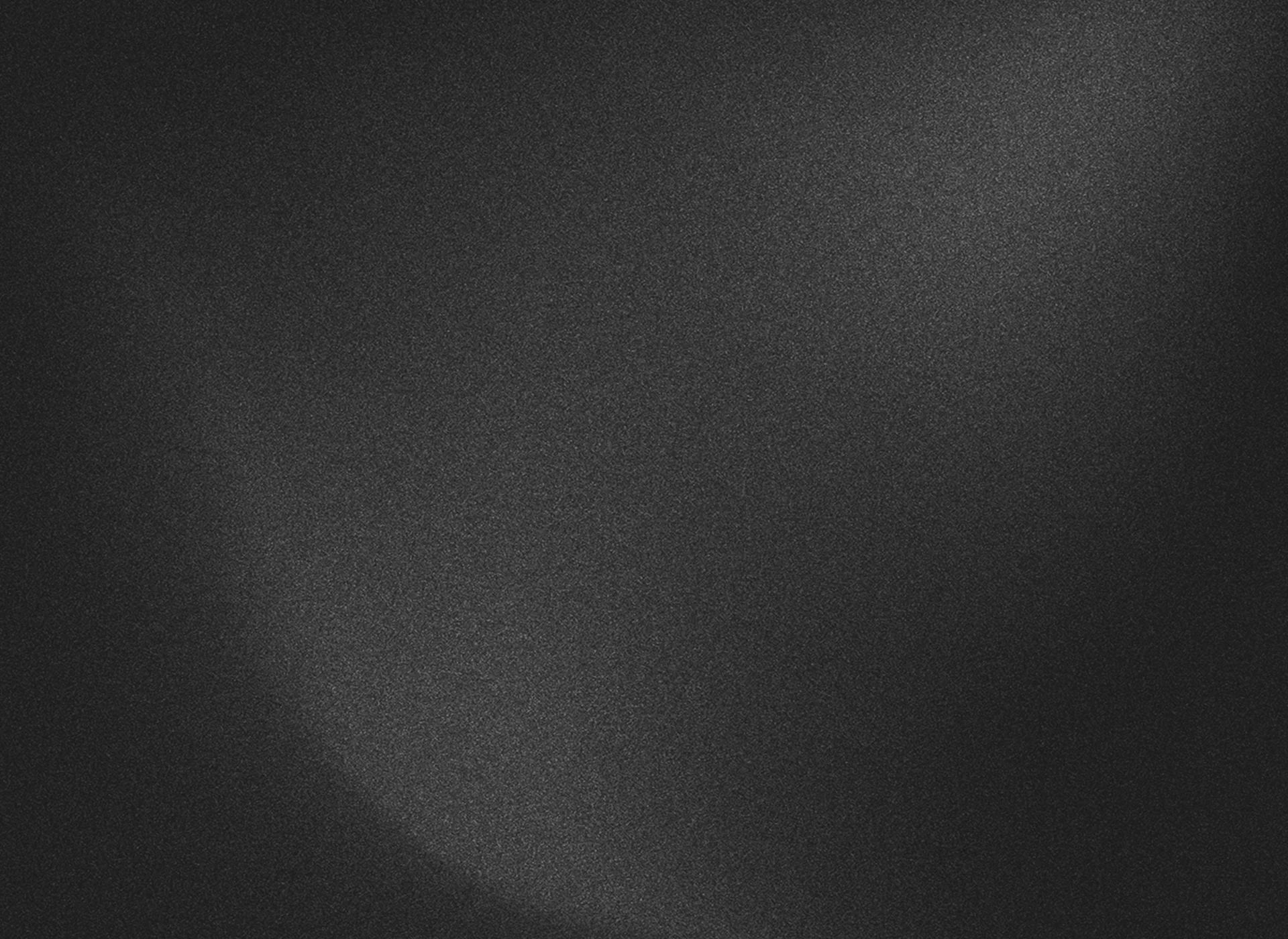

3D miniature design creates precise, small versions of your product, machine, or device.
Perfect for manufacturers, engineers, R&D teams, and product developers who need tangible, high-detail miniatures for demonstrating complex machinery, showcasing product designs, training teams, or presenting new innovations to clients and investors.
We scale down assemblies while maintaining accurate proportions, moving parts, and critical details. Our 3D miniatures replicate the functionality and aesthetics of full-scale products, making them invaluable for sales presentations, trade shows, and technical documentation, where physical demonstration outperforms 3D renderings.
To move beyond digital files – digital models show geometry, but a 3D miniature lets teams see proportions, spatial fit, and interaction.
To unify cross-functional teams – engineers, designers, and product developers can align faster when they can all touch and examine the same physical reference.
To make confident design decisions early – 3D miniatures expose ergonomic, aesthetic, and mechanical insights before expensive tooling begins.
To communicate complex systems simply – ideal for investor pitch, stakeholder reviews, and customer training.
To validate scale and usability – ensures components, interfaces, and enclosures feel right in the practical world.
To reduce iteration costs – discovering design gaps at the 3D miniature stage saves weeks of rework during full-scale prototyping.
To showcase innovation tangibly – helps teams demonstrate new technology or design thinking in a quick and compact format.
Get 3D miniature models instead of relying on flat drawings, and visualize complex designs before committing to full-scale production.
Identify design errors early, preventing costly manufacturing mistakes and reducing overall project expenses.
Reduce the expenses of exhibiting full-scale machinery or large products by creating high-quality, small-sized miniatures.
Eliminate misunderstandings between designers, clients, and manufacturers with physical 3D miniature models.







The first step of the process begins with reviews and approval of the quotation, then we proceed by issuing the Purchase Order (PO) to the client, and after that client releases advance payment to initiate the project.
At step two of our process, we review and modify the 3D model, only if it's needed. After modifications, we share the final 3D model with the client for approval.
Then we proceed with the confirmation of painting details, colors, finishes, or any sticker/branding requirements. After that, we begin the preparation of the Bill of Materials (BOM) execution sheet, incorporating all design and finish specifications; without BOM sheet approval, execution or procurement is not possible.
At the fourth stage, there is the execution of the miniature model-making process using approved 3D files and BOM.
After execution, we begin with the assembly and post-processing (sanding, painting, decals, etc).
The next stage is to send the model for pre-dispatch review to the client for approval. We provide both of the methods for reviews ( online and offline)
The last stage comes with the final dispatch of the completed model. We then collect the feedback and make changes if any. Then comes the closure of the PO upon final approval and delivery, and the remaining payment gets cleared at this stage.
We have successfully delivered 14+ miniature models in just 2 years, building a reputation for quality expertise and meeting tight deadlines consistently every time.
Our skilled, dedicated team combines years of design experience with advanced 3D printing technology, ensuring every miniature prototype is designed and developed with professional standards.
Skip the months-long wait times. We deliver high-quality miniature prototypes in weeks, keeping your project timeline on track without compromising quality.
Save your huge amount of money spent on design mistakes by identifying problems early. Our affordable miniature prototyping prevents expensive manufacturing errors and reduces overall project costs significantly.
Our key USP is developing high-quality miniatures using FDM technology, creating detailed scale models of products, machines, or concepts for exhibitions cost-effectively.
From initial concept drawings to final production-ready models, we handle every step of the miniature design process, eliminating the hassle of coordinating multiple vendors.
A 3D miniature helps you explain complex products or systems clearly(before full-scale prototyping).
It makes your idea real so teams and decision-makers can instantly understand scale, form, and interactions.
Choose a 3D miniature model when you need to review or present the concept early without spending on a full build.
You need your CAD files like STEP, IGES, STL, or OBJ, along with the scale and purpose.
Most miniatures take a few days to a few weeks, depending on size and complexity.
Yes. They are made with strong materials and reinforced finishes for safe handling.